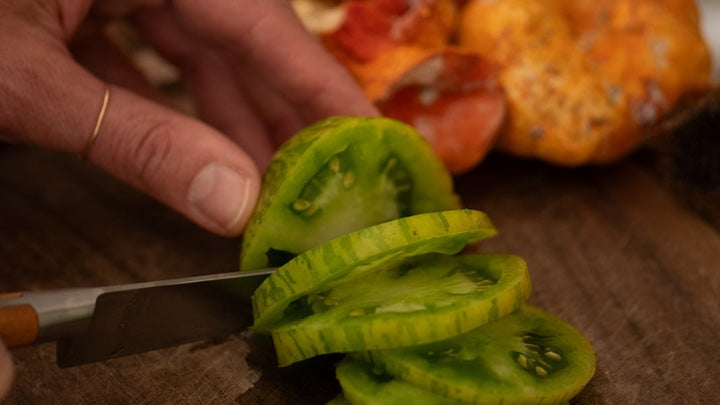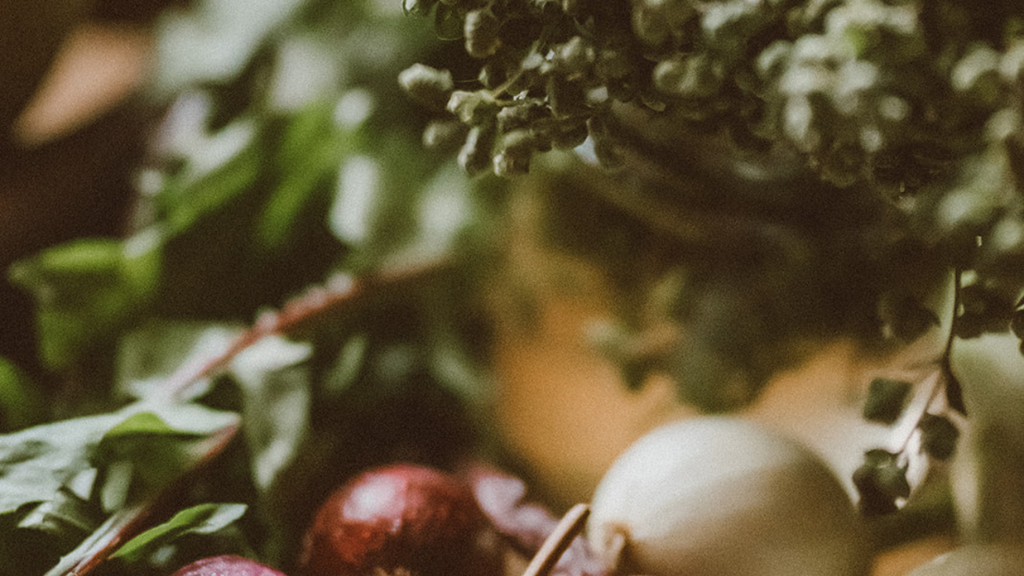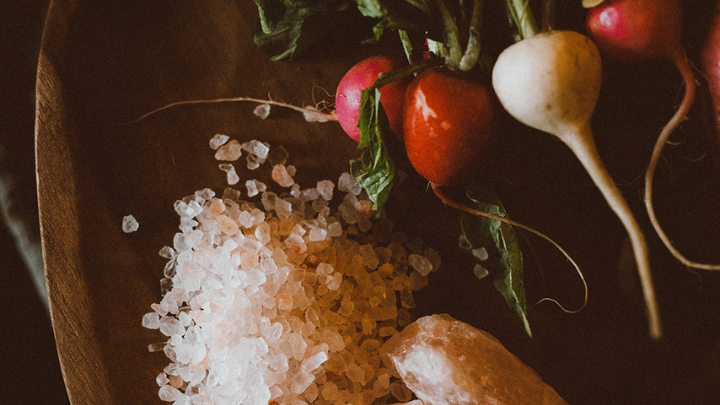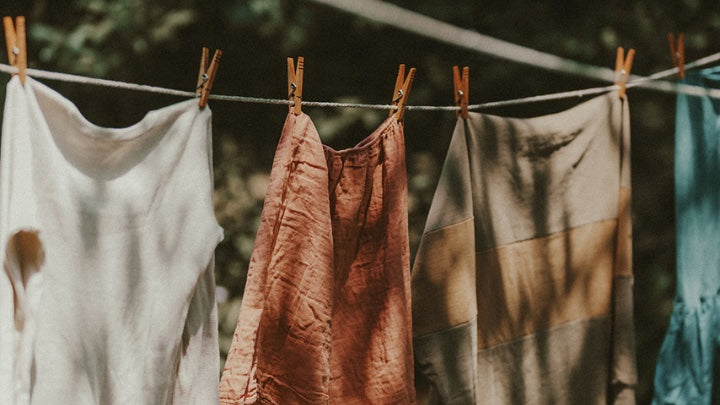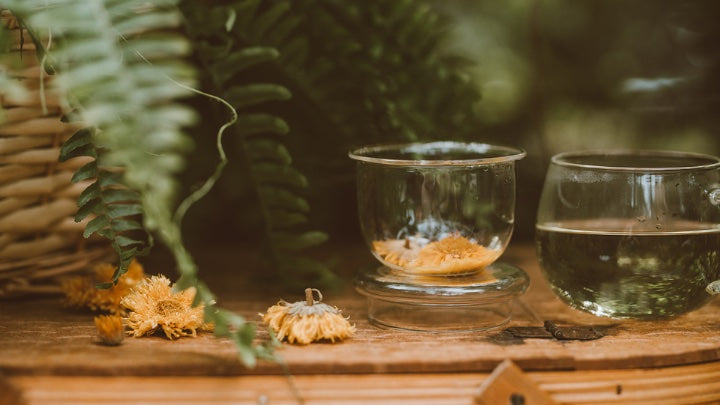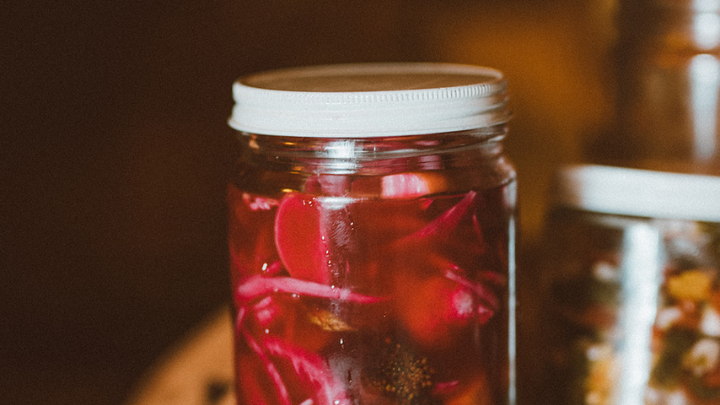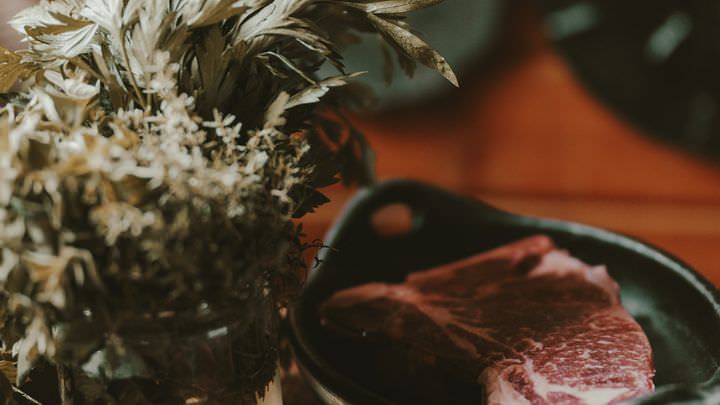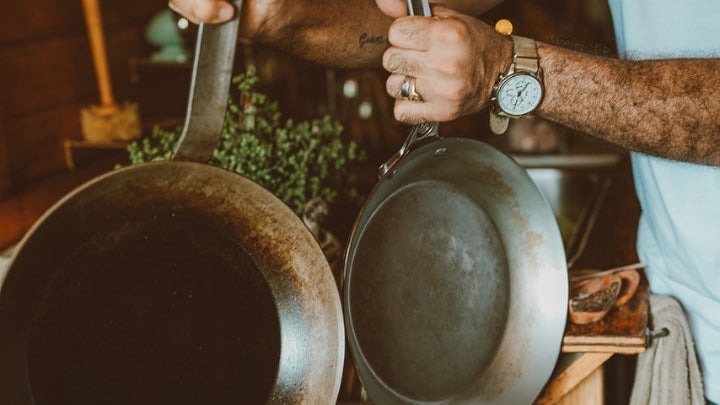Valentine's Day the Toxin-Free Way: Natural Gifts and Romantic Ideas
Valentine’s Day the Toxin-Free Way: Natural Gifts and Romantic Ideas
Valentine’s Day is a celebration of love, connection, and thoughtful gestures. However, the conventional holiday offerings – from synthetic fragrances to processed chocolates – can introduce toxins that clash with your health-focused lifestyle. At TOXYFREE, we believe in celebrating love in ways that nourish your health and happiness. Here are toxin-free gift ideas and romantic inspirations to make your Valentine’s Day both memorable and mindful.
Toxin-Free Gifts to Show Your Love
1. Natural Fragrance Alternatives
Skip the synthetic perfumes and opt for essential oil blends. Choose organic, plant-derived USDA-certified options like lavender or rose to evoke romance without harmful chemicals. A roll-on essential oil or a diffuser blend can make for a luxurious, safe gift. Or see our Valet service to make your own DIY Perfume!
2. Handmade, Heirloom Gifts
Celebrate love with timeless artisan-made treasures. Consider naturally dyed, organic cotton scarves, or handcrafted jewelry made from toxin-free, sustainable materials that are raw without chemical coatings. These thoughtful gifts are not only beautiful but also kind to your health and the environment.
3. Farm-to-Heart Chocolates
Ditch the processed, sugar-laden chocolates for organic, bean-to-bar alternatives. Choose chocolates made with minimal, high-quality ingredients from regenerative farms. They’re not just delicious but a meaningful way to support sustainable agriculture.
4. Natural Skincare Sets
Pamper your partner with toxin-free skincare products. Look for brands offering organic, plant-based ingredients like grass-fed & grass-finished tallow, coconut oil, and chamomile. A luxurious face serum or body oil can be a nurturing gift.
Romantic Ideas to Share Together
1. Cook a Toxin-Free Dinner
Prepare a meal with your favorite farm-to-table ingredients. Opt for pasture-raised meats, organic vegetables, and healthy fats. Set the table with beeswax candles for a cozy and toxin-free ambiance.
2. Enjoy a Nature Walk
Reconnect with nature and each other by taking a stroll in a nearby park or along a scenic trail. Pack a toxin-free picnic with wholesome snacks and a thermos of bone broth or herbal tea.
3. DIY Spa Night
Create a toxin-free spa experience at home. Use natural magnesium flakes for a relaxing bath, apply face masks made with edible-grade ingredients, and enjoy a massage with organic oils.
4. Write Love Letters
Embrace the art of handwritten letters. Express your love and gratitude on recycled, toxin-free stationery. This heartfelt gesture will be treasured for years to come.
Why Toxin-Free Matters in Love
True love thrives in environments of care and intention. Choosing toxin-free gifts and activities communicates respect not just for your partner but also for your shared well-being. By opting for natural and sustainable options, you’re building a foundation for a healthier and more harmonious relationship.
This Valentine’s Day, let’s rewrite the narrative. Celebrate with thoughtful gestures and toxin-free treasures that express your love while honoring your health and the health of your loved one. Whether it’s a lovingly prepared dinner or a carefully chosen gift, the most meaningful moments come from the heart – and a toxin-free heart is even better.
Happy Valentine’s Day from all of us at TOXYFREE! We LOVE you!
Continue reading


